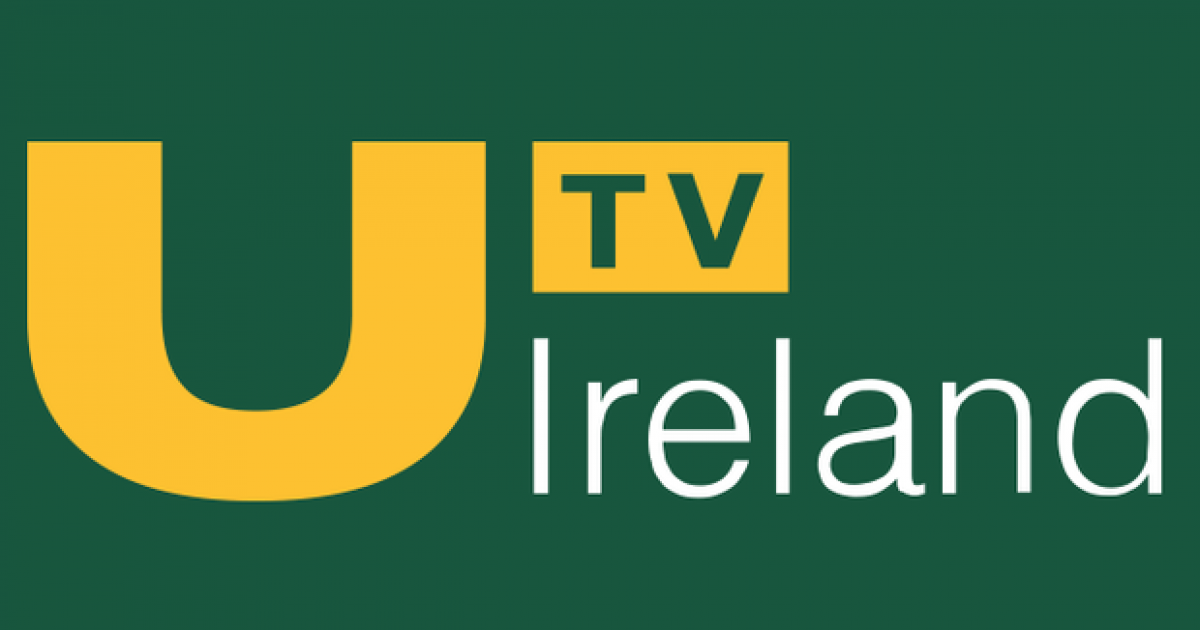Welding is a crucial aspect of various industries, from construction to manufacturing, playing a pivotal role in creating structures and products. However, the process also involves inherent risks, such as exposure to intense heat, harmful fumes, and flying debris. In Ireland, like in many other countries, stringent regulations and safety standards are in place to protect workers and ensure safe working environments. This guide aims to delve into the essential welding safety gear and regulations in Ireland, providing insights into how to mitigate risks and adhere to legal requirements.
Understanding Welding Hazards: Before diving into safety gear and regulations, it’s crucial to grasp the hazards associated with welding. These include:
- Heat and Radiation: Welding generates intense heat and harmful radiation, posing burn risks to workers and bystanders.
- Fumes and Gases: The welding process produces hazardous fumes and gases, such as ozone, nitrogen oxides, and metal vapors, which can cause respiratory issues and long-term health problems.
- Electric Shock: Welding involves working with high voltage electricity, increasing the risk of electric shock if proper precautions are not taken.
- Eye and Skin Damage: Sparks, flying debris, and intense light can cause eye injuries and skin burns if workers are not adequately protected.
- Noise: The noise generated by welding operations can lead to hearing loss if workers are exposed to it for prolonged periods without proper hearing protection.
Essential Welding Safety Gear: To mitigate these hazards, workers must utilize appropriate safety gear. In Ireland, the following equipment is essential for welding operations:
- Personal Protective Equipment (PPE):
- Welding Helmet with a proper shade lens to protect the eyes and face from intense light and sparks.
- Flame-resistant clothing such as welding jackets and pants to protect against burns.
- Leather gloves to shield hands from heat and sharp edges.
- Steel-toed boots to protect feet from falling objects and electrical hazards.
- Respiratory protection such as a powered air-purifying respirator (PAPR) or a respirator with appropriate filters to prevent inhalation of harmful fumes and gases.
- Hearing protection like earplugs or earmuffs to reduce noise exposure.
- Welding Screens and Curtains:
- Welding screens and curtains provide a barrier between the welding area and other workers, preventing bystanders from being exposed to hazards like intense light and sparks.
- Ventilation Systems:
- Adequate ventilation is essential to remove welding fumes and gases from the work area. Local exhaust ventilation systems or fume extractors should be utilized to maintain air quality and protect workers’ health.
Regulations Governing Welding Safety in Ireland: In Ireland, several regulations and standards govern welding safety to ensure compliance and protect workers’ health and safety. Some key regulations include:
- Safety, Health and Welfare at Work (General Application) Regulations:
- These regulations outline general workplace health and safety requirements, including provisions for risk assessments, training, and the provision of PPE.
- Safety, Health and Welfare at Work (Chemical Agents) Regulations:
- These regulations address the risks associated with exposure to hazardous substances, including welding fumes and gases. Employers are required to assess and control exposure to these substances through measures such as ventilation and the provision of suitable respiratory protection.
- European Norms (EN) Standards:
- EN standards provide specifications for welding equipment, materials, and procedures, ensuring their quality and safety. Compliance with relevant EN standards is essential for ensuring the reliability and effectiveness of welding operations.
- Welding Fume Regulations:
- In recent years, there has been increasing awareness of the health risks posed by welding fumes, particularly those containing carcinogenic substances such as chromium VI. As a result, stricter regulations regarding exposure limits and control measures for welding fumes have been implemented to protect workers’ health.
Best Practices for Welding Safety in Ireland: In addition to complying with regulations and utilizing appropriate safety gear, employers and workers can adopt the following best practices to enhance welding safety:
- Conducting Regular Risk Assessments:
- Identify potential hazards associated with welding operations and implement control measures to mitigate risks. Regularly review and update risk assessments to ensure ongoing safety.
- Providing Comprehensive Training:
- Ensure that workers receive adequate training on safe welding practices, the proper use of equipment, and the importance of PPE. Ongoing training and supervision are crucial for maintaining a culture of safety in the workplace.
- Promoting Awareness and Communication:
- Encourage open communication between management and workers regarding safety concerns and incidents. Promote awareness of welding hazards and the importance of following safety procedures at all times.
Conclusion: Welding safety is paramount in ensuring the health and well-being of workers in Ireland’s industries. By understanding the hazards associated with welding, utilizing appropriate safety gear, complying with regulations, and adopting best practices, employers and workers can create safer working environments and mitigate the risks inherent in welding operations. Prioritizing safety not only protects individuals from harm but also contributes to increased productivity and efficiency in the workplace.

Recent Comments